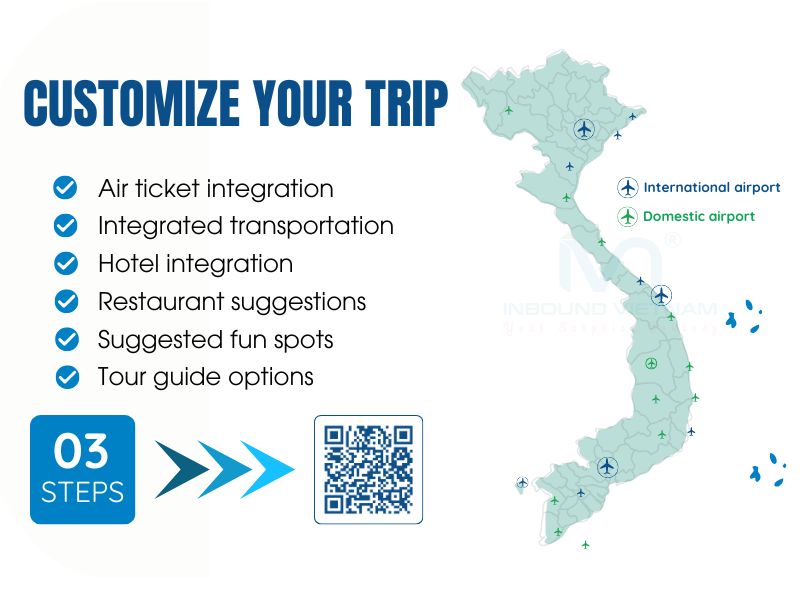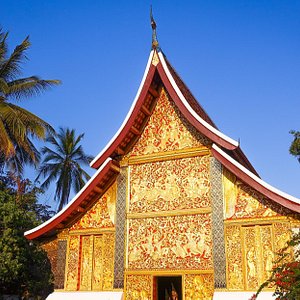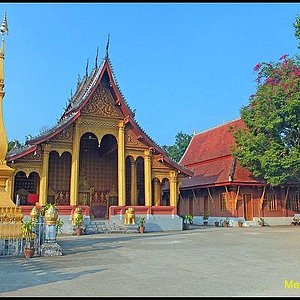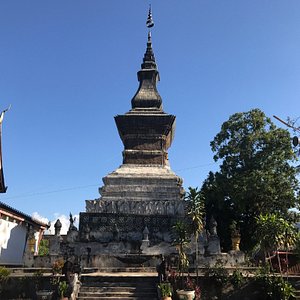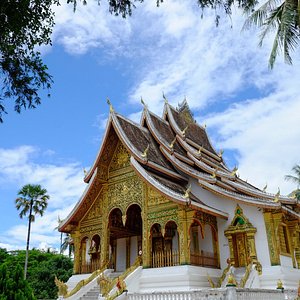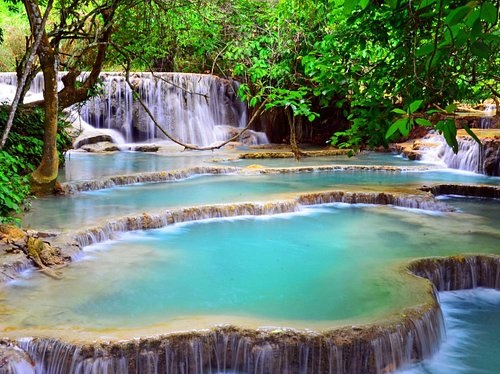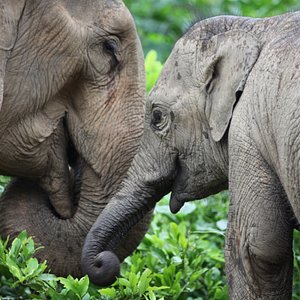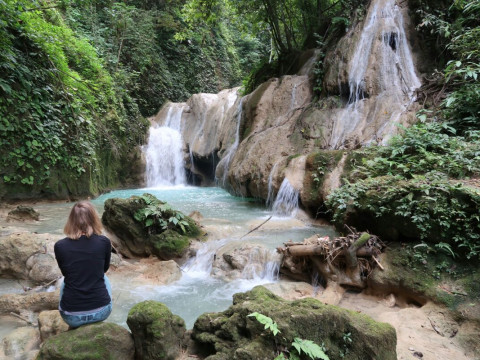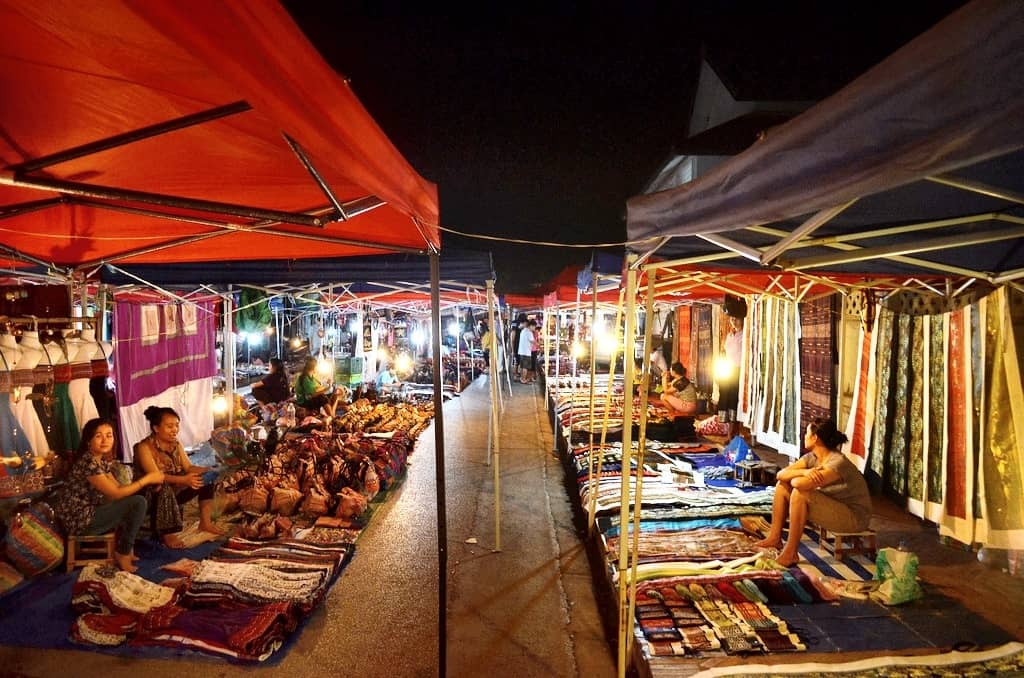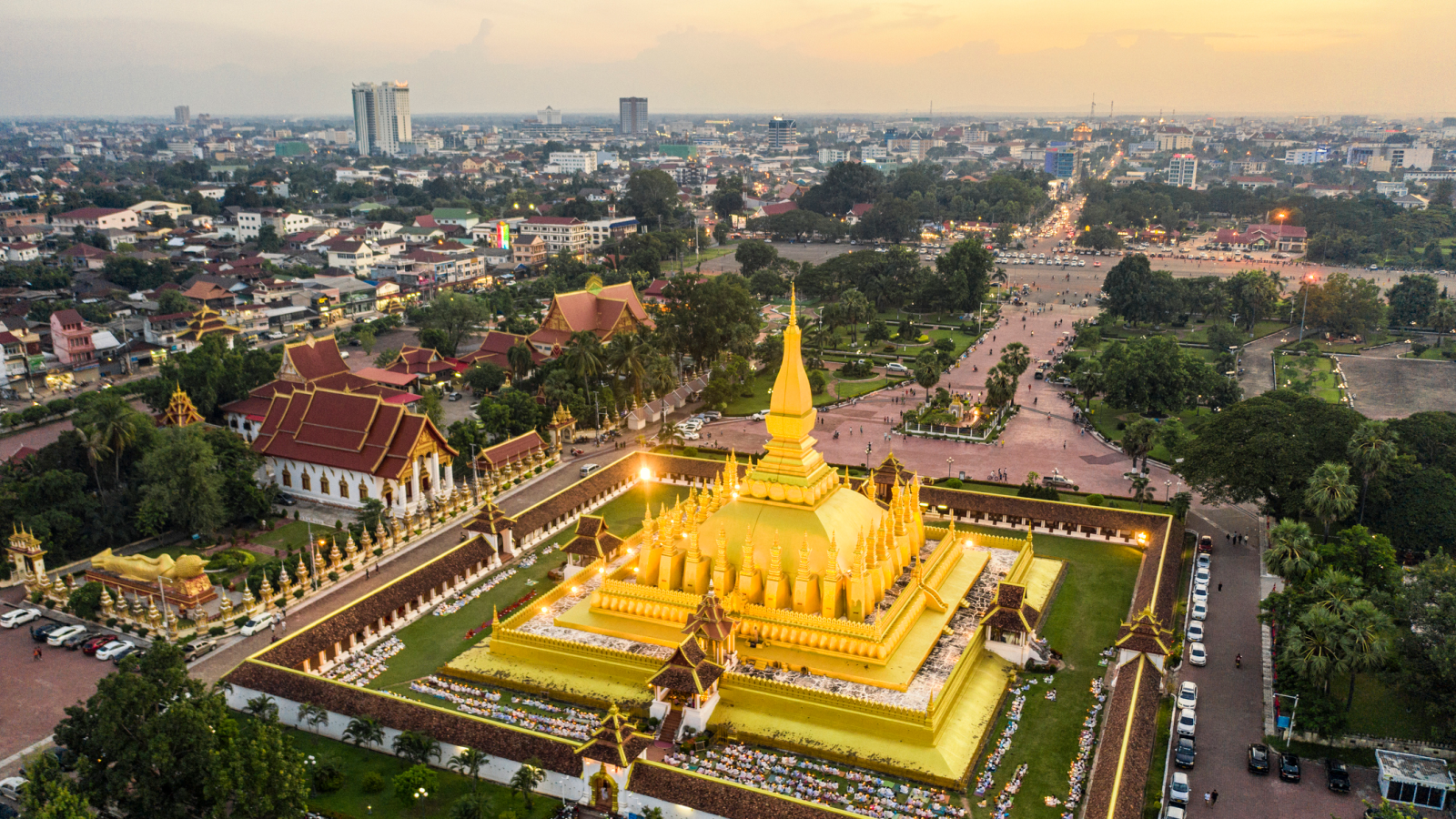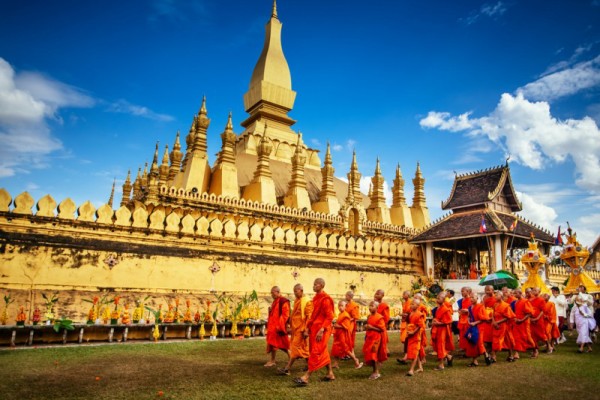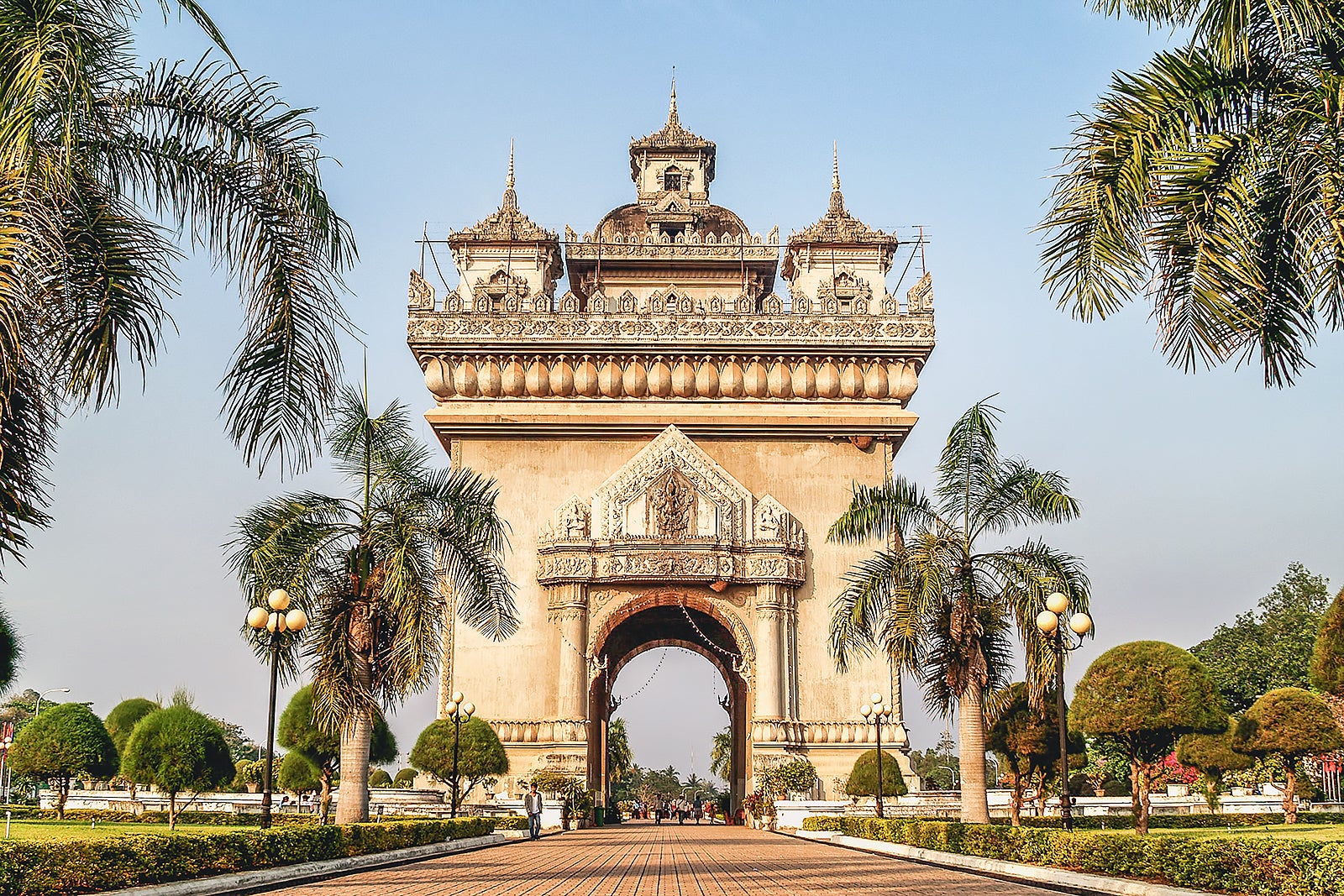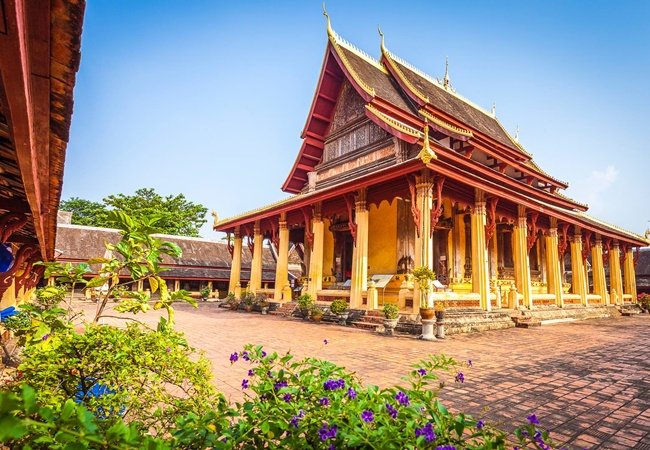Luang Prabang
First settled more than 1200 years ago at the confluence of the Nam Khan and Mekong Rivers in the heart of Northern Laos, Luang Prabang city has served as the capital of kingdoms both ancient and modern.
Its former names include Muang Sua, Xieng Thong and Lane Xang; the present name derives from the Pha Bang, a revered Buddha image currently on the grounds of the National Museum in the city centre.
Luang Prabang is best known today for its protected, unique juxtaposition of temples, traditional architecture, and colonial buildings and for the natural beauty of its surrounding province. And even as the city warmly welcomes visitors from all over the world, it remains a vital political, educational, and trade hub for the diverse cultures of Northern Laos.
So the daily markets of Luang Prabang–where you’ll find fresh wild mushrooms from the nearby mountains alongside hand-woven textiles and distinctive, locally-prepared dishes–mean as much to the life of this city as magnificent temple complexes like Wat Xieng Thong, Wat Mai, and Wat Visoun. Souphanouvong University and the Teacher Training College are as important, today, as the National Museum. Slow boats and fishermen continue to ply the Mekong River as jets touch down at the international airport. It is a city forged–but not constrained–by history and tradition.
Luang Prabang Province is situated in the center of northern Laos, bordering the provinces of Oudomxay, Phongsaly and Houaphanh to the north, Vientiane the capital and Xayabouly to the south and south west and Xieng Khouang to the east.
Luang Prabang was the capital of Lane Xang until it moved to Vientiane in 1560 by King Setthathirath (although Luang Prabang remained the country’s main religious center). The city’s contact with western emissaries occurred in the mid-17th century during the reign of King Surigna Vongsa. After his death in 1694, Lane Xang broke up into three separate kingdoms; Vientaine, Champasak and Luang Prabang.
By the late 19th century Luang Prabang was under attack by marauding black flag bandits who destroyed may sacred Buddha images, temples and historical documents.
Under king Sisavang Vong (1904 – 1959) a number of restoration and beautification projects were launched, many of which are still evident today. French influenced buildings began to appear in the late 1800s adding to the mixture of Lao, Tai Lue, Burmese, Chinese and Tai architecture.
Its former names include Muang Sua, Xieng Thong and Lane Xang; the present name derives from the Pha Bang, a revered Buddha image currently on the grounds of the National Museum in the city centre.
Luang Prabang is best known today for its protected, unique juxtaposition of temples, traditional architecture, and colonial buildings and for the natural beauty of its surrounding province. And even as the city warmly welcomes visitors from all over the world, it remains a vital political, educational, and trade hub for the diverse cultures of Northern Laos.
So the daily markets of Luang Prabang–where you’ll find fresh wild mushrooms from the nearby mountains alongside hand-woven textiles and distinctive, locally-prepared dishes–mean as much to the life of this city as magnificent temple complexes like Wat Xieng Thong, Wat Mai, and Wat Visoun. Souphanouvong University and the Teacher Training College are as important, today, as the National Museum. Slow boats and fishermen continue to ply the Mekong River as jets touch down at the international airport. It is a city forged–but not constrained–by history and tradition.
Luang Prabang Province is situated in the center of northern Laos, bordering the provinces of Oudomxay, Phongsaly and Houaphanh to the north, Vientiane the capital and Xayabouly to the south and south west and Xieng Khouang to the east.
Luang Prabang was the capital of Lane Xang until it moved to Vientiane in 1560 by King Setthathirath (although Luang Prabang remained the country’s main religious center). The city’s contact with western emissaries occurred in the mid-17th century during the reign of King Surigna Vongsa. After his death in 1694, Lane Xang broke up into three separate kingdoms; Vientaine, Champasak and Luang Prabang.
By the late 19th century Luang Prabang was under attack by marauding black flag bandits who destroyed may sacred Buddha images, temples and historical documents.
Under king Sisavang Vong (1904 – 1959) a number of restoration and beautification projects were launched, many of which are still evident today. French influenced buildings began to appear in the late 1800s adding to the mixture of Lao, Tai Lue, Burmese, Chinese and Tai architecture.

